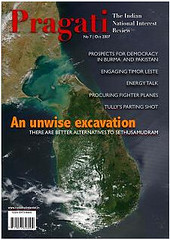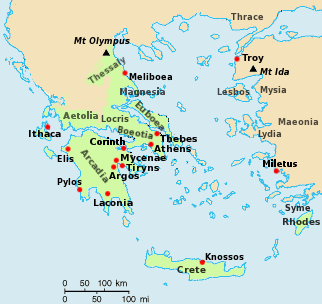Bhaskar writes about the Communist Government in Kerala
This government cannot be saved by saving the ministers concerned. So far no member of this administration has been able to gain recognition as a good minister. At the same time, the parties say they are satisfied with the ministers’ performance. Apparently, although the ministers have not been successful in addressing the people’s problems, they are meeting the party’s needs.
Akrami writes, again about the Communist Government in Kerala
Every hour passed with the comedy government in power will prove costly for the LDF and will soon see a coming back of the vicious minority lobbies. Atchuthanandan it seems has vowed to see the end of the LDF. Democracy itself needs changes that able people come to power, manage the state’s resources. But for now a better team needs to take charge. This small state with not a kilometre of normal roads, not a urinal around, not public transport, with only pety issues and petty politics cannot stand watching further. Before they are kicked out without grace let them leave and make way for better people.
Ratheesh writes how people of Kerala are resorting to Gandhigiri to stop hartals
From one of my relatives, I came to know about this Gandhian model campaign in Kerala against “Hartal”. Campaign for Peace is an NGO that plans to send a lakh postcards to the Chief Justice of the Kerala High Court requesting him to ensure safety of people during Hartal days. The plan is to send postcards on October 2, which is going to be observed as Hartal Viruddha Dinam (Anti-Hartal Day). Why not e-mails? I think it’s because e-mails are not frequently read in many Government organizations in India, and having an email flood in the Inbox would hardly have any impact anywhere. But making a lakh postcards pile up in the mail-room would be a more effective form of symbolic protest.
See Also: Notes from Kerala, Notes from Kerala (2)





